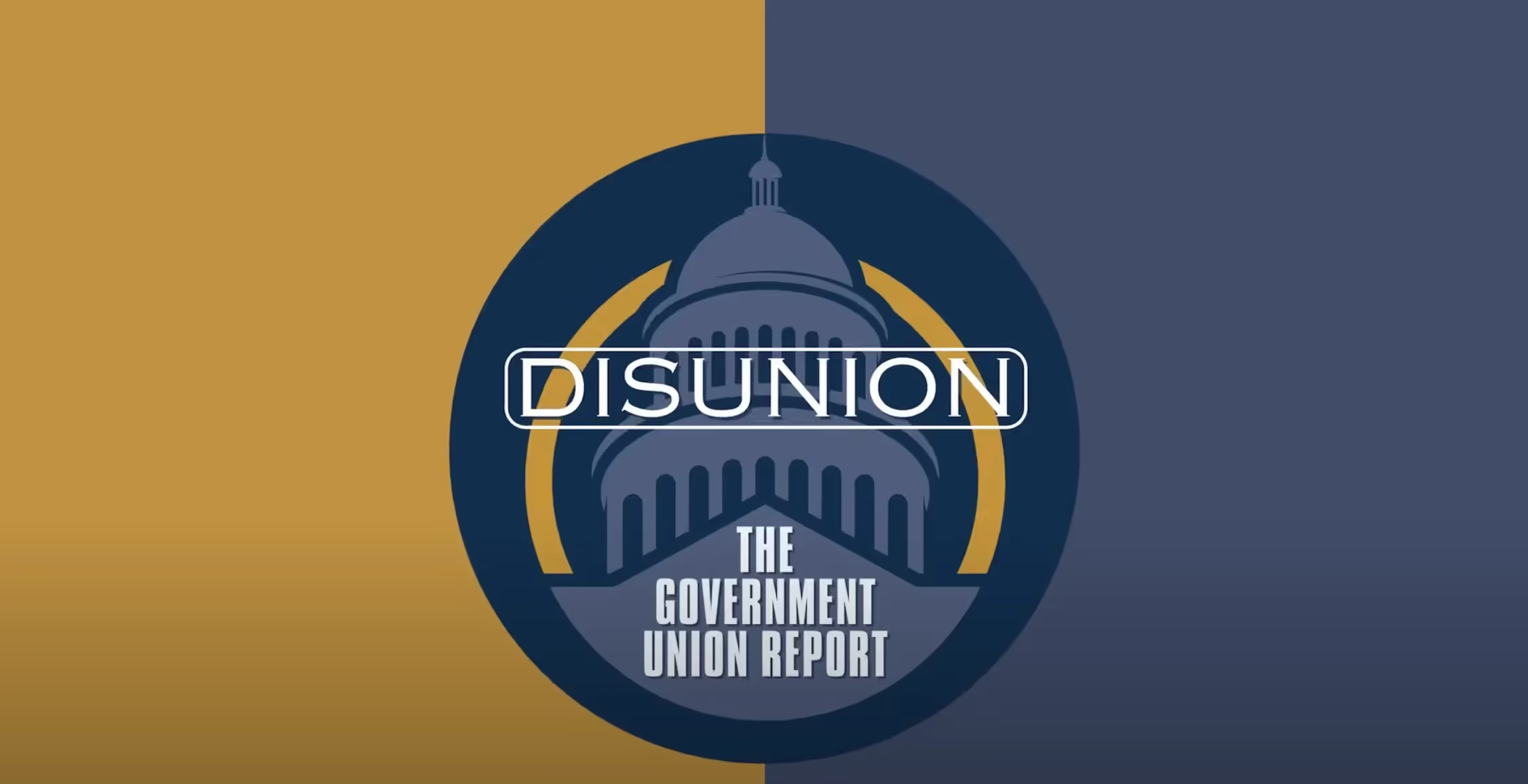.avif)
ESG Would Rain on Spring Break
Americans have access to abundant, reliable energy, unlike Europeans under strict climate mandates.
It’s spring-break time. More than one-third of Americans will drive, fly or cruise somewhere over the next few weeks. For families, it’s a more popular travel time than Memorial Day, Independence Day or Labor Day, with nearly half of all households with children taking a trip. Nearly five million travelers will pass through Dallas Fort Worth Airport alone during the 19-day stretch that started on March 6.
Wherever they travel, Americans can be thankful for abundant, reliable energy. Imagine what spring break would look like under European-style ESG climate mandates.
Start with the cost of filling up the tank before a road trip. According to AAA, the national average gasoline price is $3.09 a gallon. In the U.K., France and Italy, gas costs between $6.50 and $7.50 a gallon as a result of high taxes and climate policies.
Economic Dynamism

The Causal Effect of News on Inflation Expectations
This paper studies the response of household inflation expectations to television news coverage of inflation.
.avif)
The Rise of Inflation Targeting
This paper discusses the interactions between politics and economic ideas leading to the adoption of inflation targeting in the United States.

The Revenge of the Supply-Siders
Trump would do well to heed his supply-side advisers again and avoid the populist Keynesian shortcuts of stimulus checks or easy money.

U.S. Can’t Cave to Europe’s Anti-Growth Agenda
One does not have to support protectionist tariffs or protracted trade wars to see why Washington needs to continue using trade to pressure Eurocrats to give up micromanaging tech platforms and supply chains around the world.




.jpg)




.jpg)







